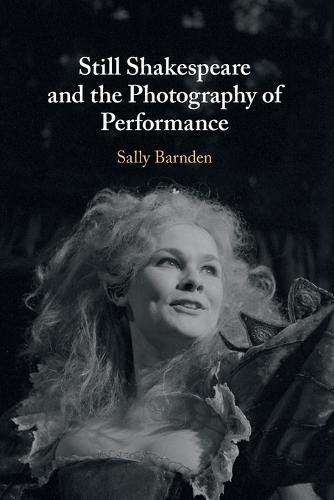Readings Newsletter
Become a Readings Member to make your shopping experience even easier.
Sign in or sign up for free!
You’re not far away from qualifying for FREE standard shipping within Australia
You’ve qualified for FREE standard shipping within Australia
The cart is loading…






Still Shakespeare and the Photography of Performance examines the place of photography in the reception of the Shakespeare canon since the invention of the camera, looking at how photographic images have shaped perceptions of historicity, performance, and Shakespearean character, and how their dissemination has affected Shakespearean authority. Barnden reveals how photography has conditioned the reception of Shakespeare’s works in two key ways. Firstly, as a form of performance documentation, photographs shape the way individual performances are remembered and their positioning in relation to traditional and iconoclastic interpretations of the text. Secondly, photographs are vehicles of Shakespearean iconography, encouraging certain compositions and interpretations. Exploring both theatrical and staged art photographs, Still Shakespeare demonstrates the role of photography as a contributor to the calcification of Shakespearean quotation, advertising, and iconography, and to the attrition of the relationship between image and text whereby images become attached to narratives far beyond their original context.
$9.00 standard shipping within Australia
FREE standard shipping within Australia for orders over $100.00
Express & International shipping calculated at checkout
Still Shakespeare and the Photography of Performance examines the place of photography in the reception of the Shakespeare canon since the invention of the camera, looking at how photographic images have shaped perceptions of historicity, performance, and Shakespearean character, and how their dissemination has affected Shakespearean authority. Barnden reveals how photography has conditioned the reception of Shakespeare’s works in two key ways. Firstly, as a form of performance documentation, photographs shape the way individual performances are remembered and their positioning in relation to traditional and iconoclastic interpretations of the text. Secondly, photographs are vehicles of Shakespearean iconography, encouraging certain compositions and interpretations. Exploring both theatrical and staged art photographs, Still Shakespeare demonstrates the role of photography as a contributor to the calcification of Shakespearean quotation, advertising, and iconography, and to the attrition of the relationship between image and text whereby images become attached to narratives far beyond their original context.